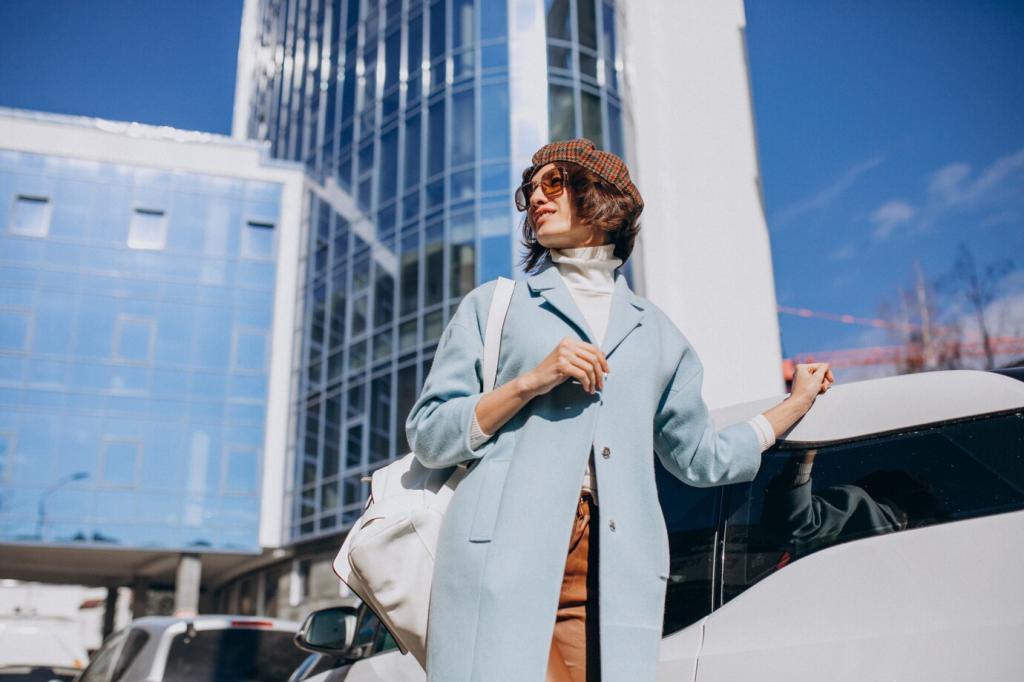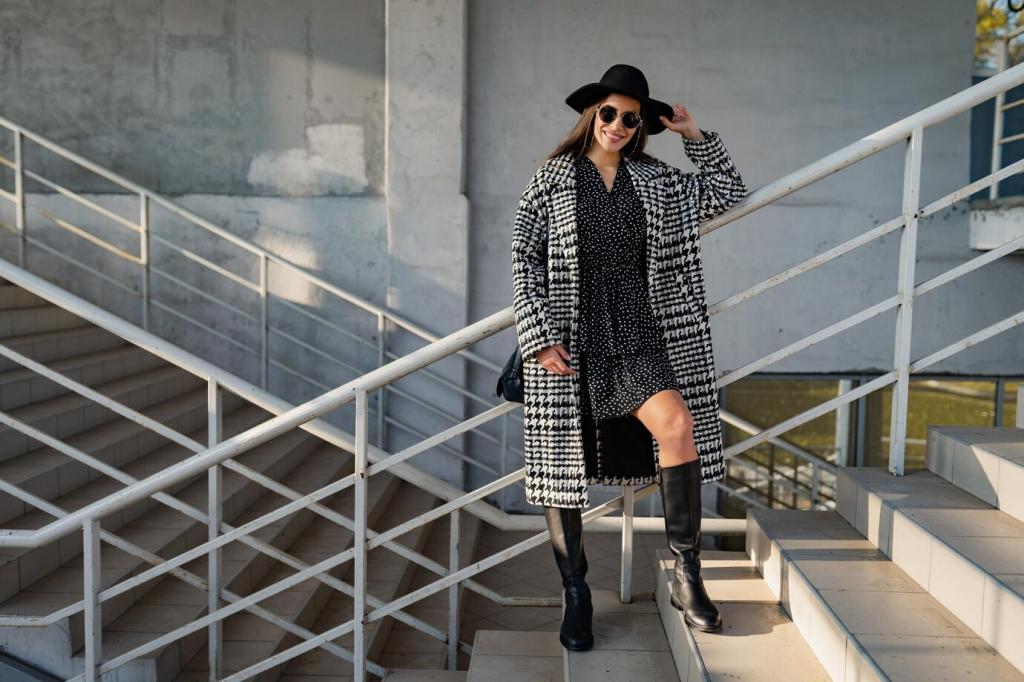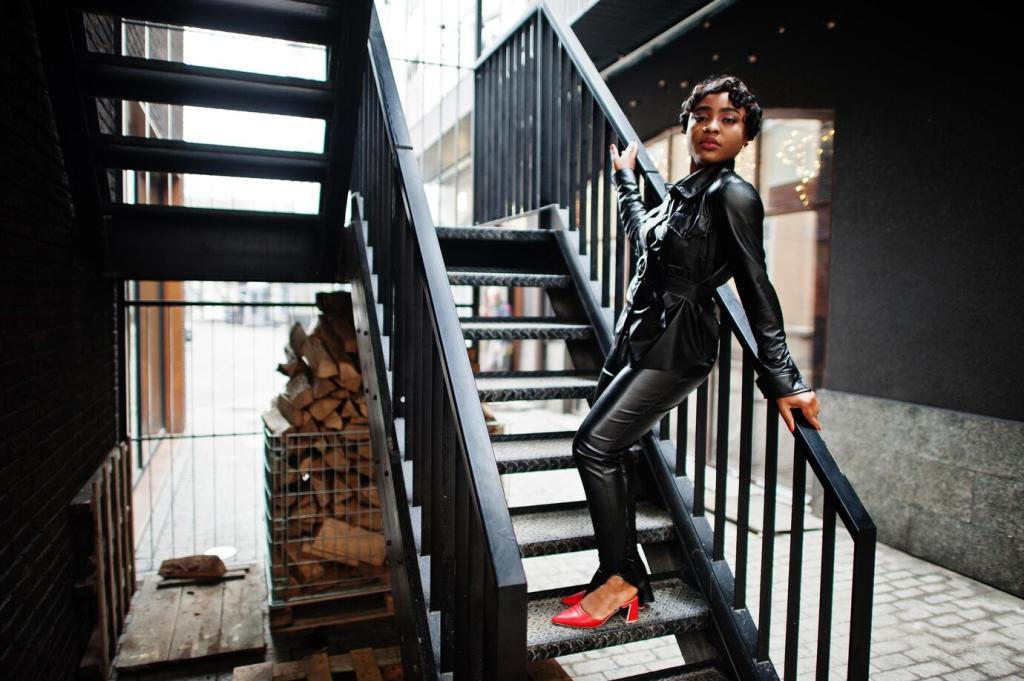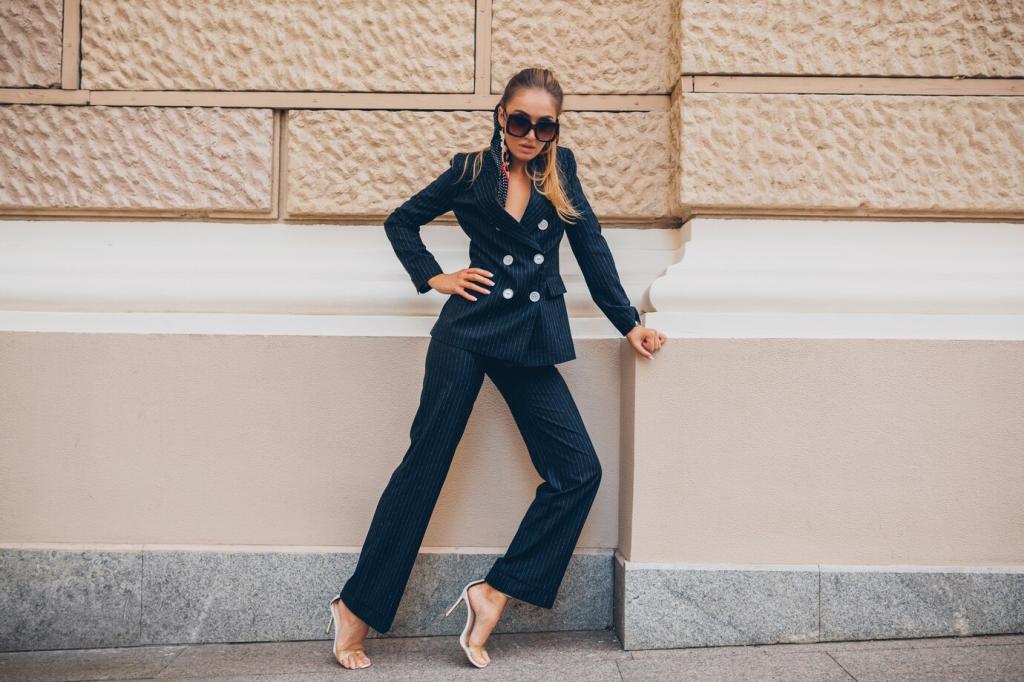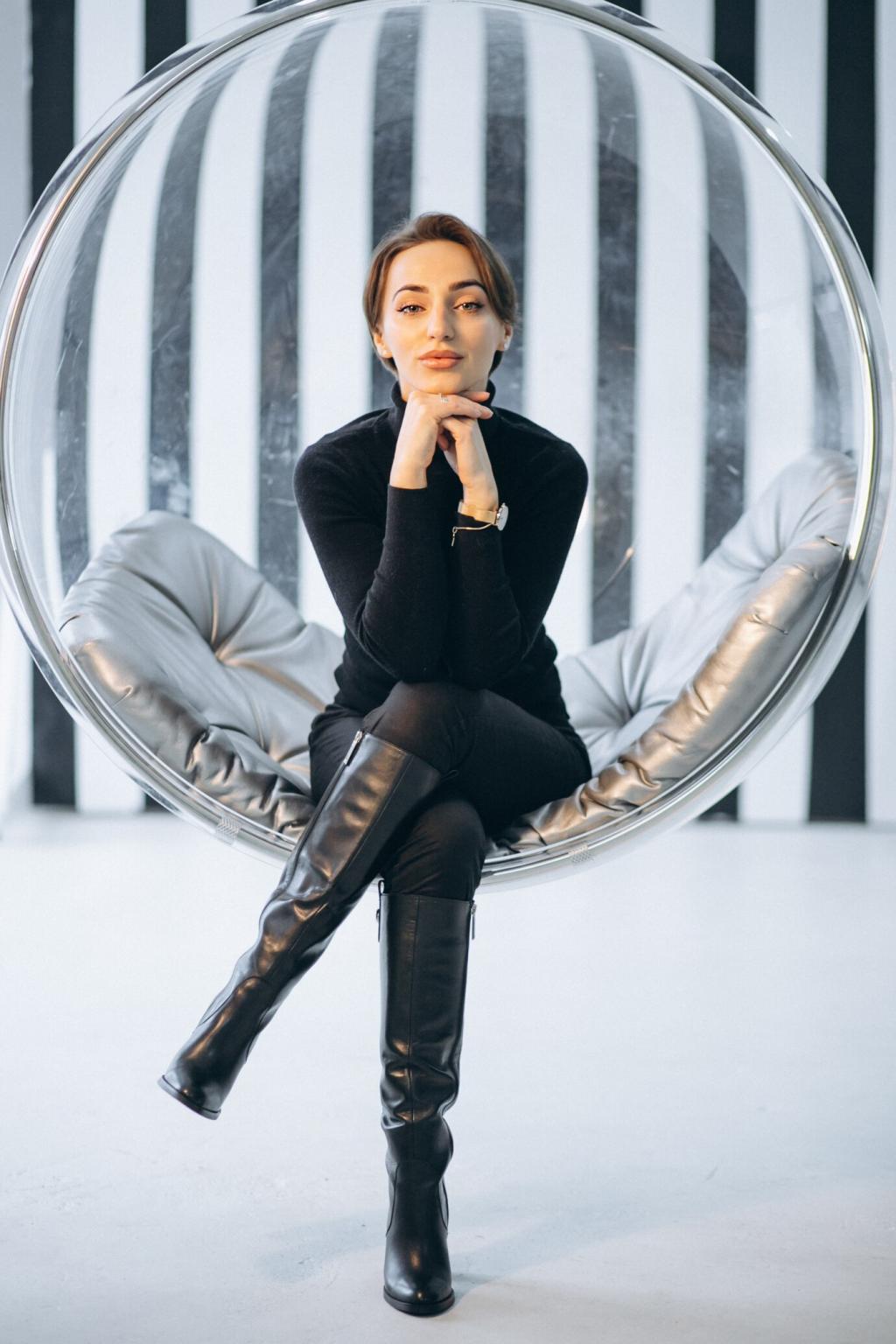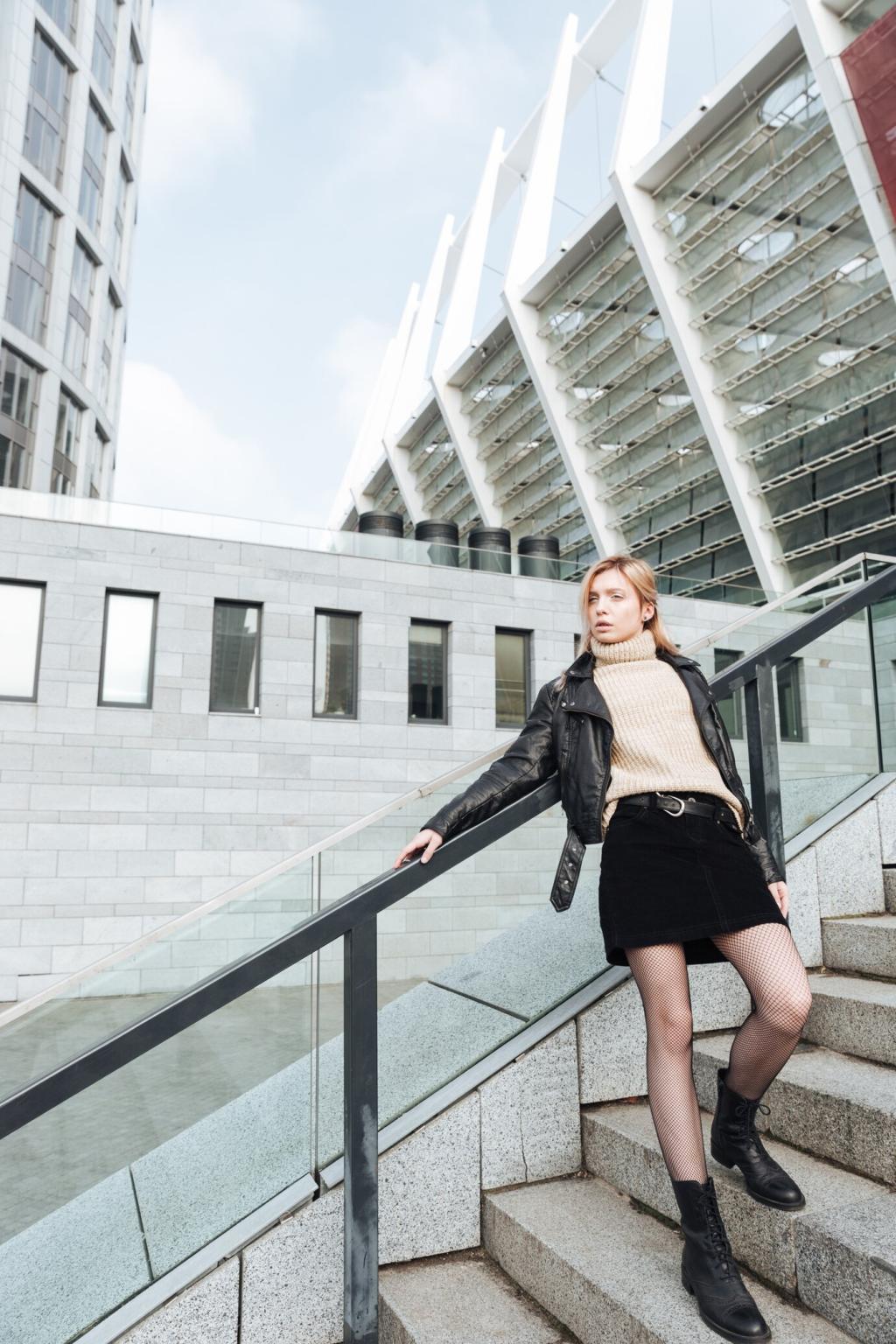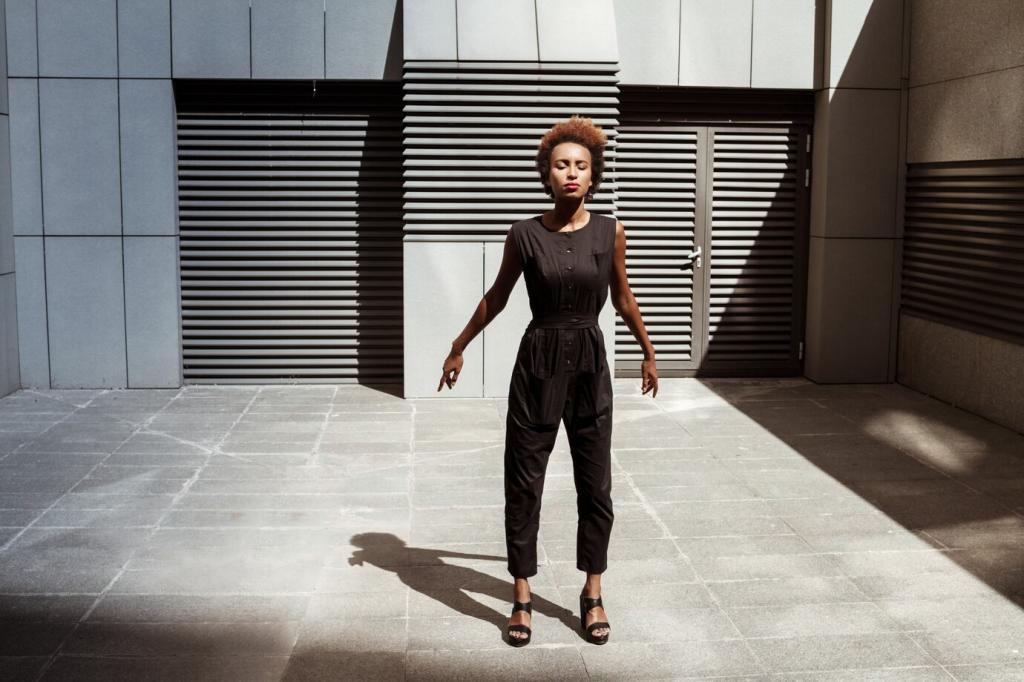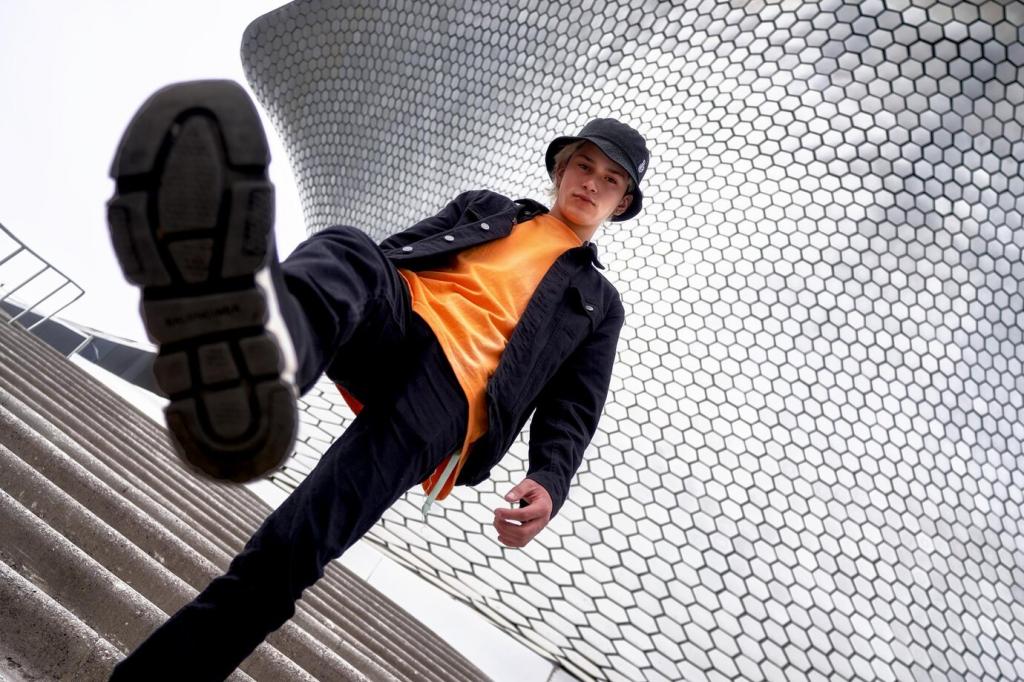Light Like a Magician: Matching Illumination and Shadows
Identify the scene’s warmth: cool daylight, tungsten glow, or mixed fluorescent. Adjust white balance so the virtual object inherits the same hue bias. If your scene is contrasty, increase virtual key-to-fill ratio. A soft, foggy morning needs low-contrast shading to sit naturally in the frame.
Light Like a Magician: Matching Illumination and Shadows
Add a subtle shadow catcher beneath your object, then tune blur radius to match distance from light source. Direction should follow your scene’s strongest highlight. A barely visible, feathered shadow does more than a heavy one; it whispers, which makes the brain believe. Post your favorite shadow settings below.

